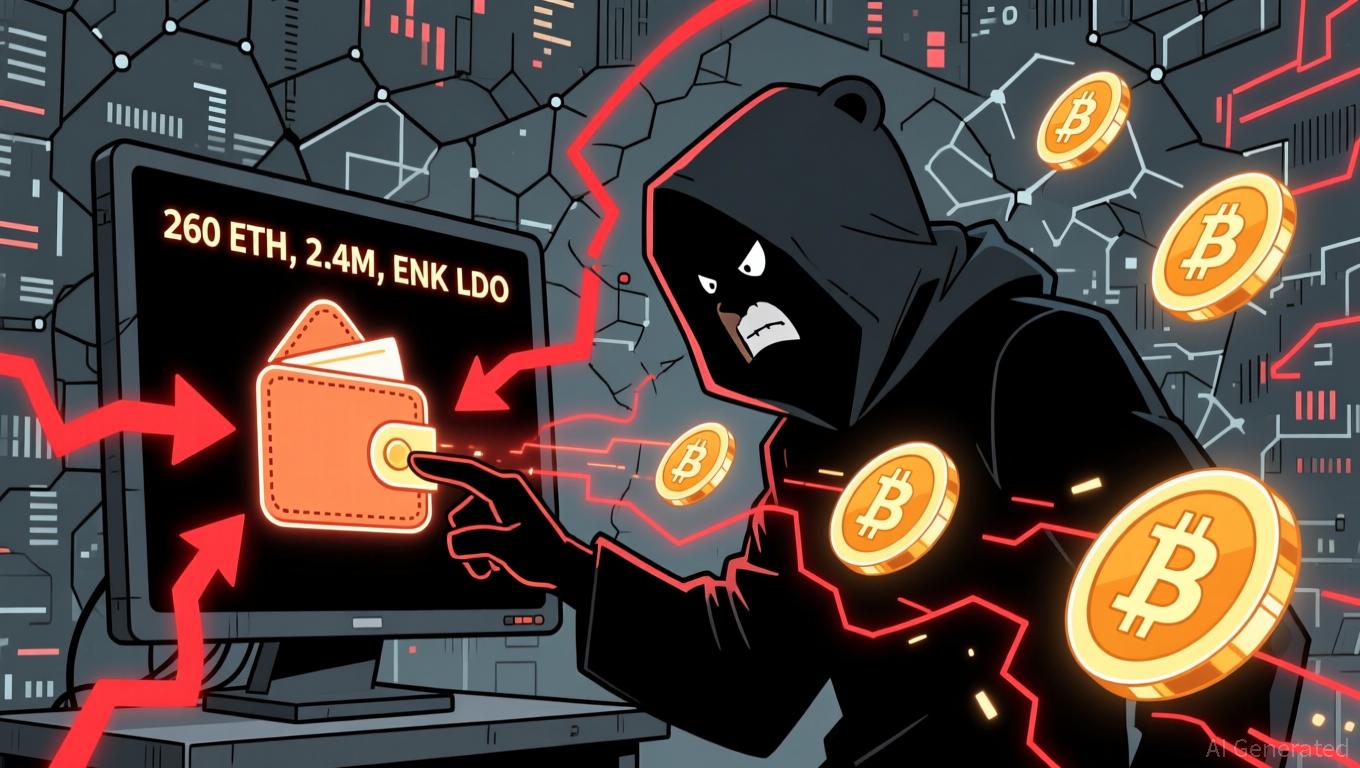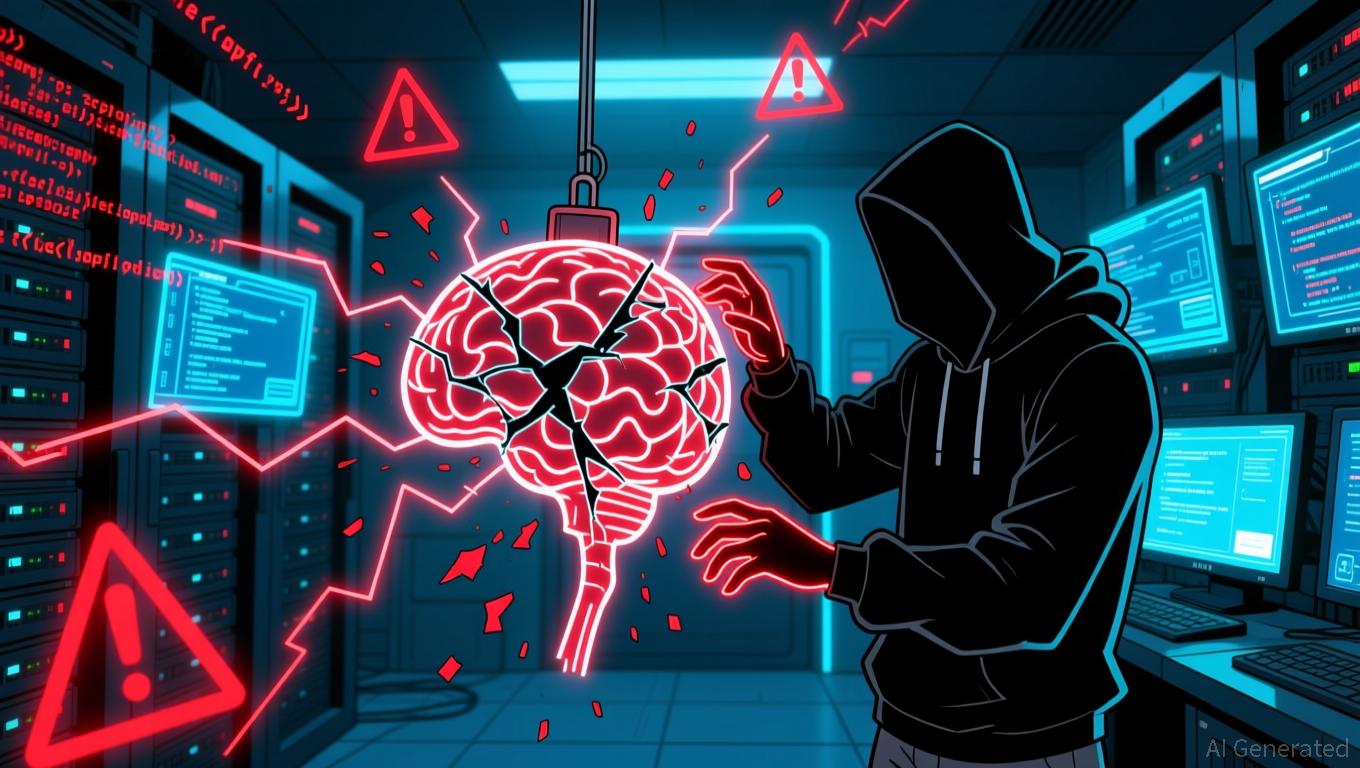Zcash Halving and Its Effects on the Market: Limited Supply, Investor Confidence, and the Value of Privacy
- Zcash's 2025 halving cut block rewards by 50%, driving a 750% price surge to $680 amid growing demand for privacy-focused assets. - Unlike Bitcoin's store-of-value narrative, Zcash's 28% shielded supply via zk-SNARKs created a "privacy premium" during crypto downturns. - Zcash's PoS transition stabilized mining economics, attracting ESG investors while Bitcoin's PoW model faces energy cost volatility. - Institutional adoption (Grayscale Zcash Trust, Zashi wallet) and regulatory resilience position Zcash
Halving events, which reduce miners' block rewards and restrict the supply of new coins, have long fascinated the cryptocurrency community for their impact on prices. Bitcoin’s halvings in 2012, 2016, and 2024 are often cited as prime examples of how engineered scarcity can shape both market sentiment and asset valuation. Now, with Zcash’s halving scheduled for 2025, the privacy-focused altcoin presents a unique opportunity to observe how these supply shocks play out in a different context—one where privacy and utility are central, with potential consequences for both its price path and the broader adoption of blockchain technology.
Scarcity and the Privacy Premium
Zcash’s 2025 halving decreased block rewards from 3.125
Bitcoin’s price rallies after halvings—like the surge to $64,900 in 2020—are often credited to its reputation as a hedge against fiat currency debasement.

Miner Economics: PoW vs. PoS and the Post-Halving Adjustments
Bitcoin’s 2024 halving
Bitcoin’s reliance on PoW remains a double-edged sword: it strengthens network security and scarcity, but also exposes miners to fluctuating energy prices and geopolitical risks. Zcash’s adoption of PoS illustrates how alternative cryptocurrencies can adapt to post-halving realities, potentially offering steadier returns for participants.
Investor Sentiment and the Privacy Narrative
The 2025 halving
Institutional interest has further enhanced Zcash’s reputation. The Grayscale Zcash Trust, with $137 million under management, and
The Road Ahead: Zcash's Position in the Crypto Ecosystem
Following its 2025 halving, Zcash’s market capitalization climbed to $10.63 billion—overtaking Monero—but it still lags far behind Bitcoin’s $1.9 trillion dominance. Bitcoin’s established role as a store of value and its integration into mainstream finance, such as spot ETFs, remain significant hurdles. Nevertheless, Zcash’s emphasis on privacy and enterprise use cases positions it as a valuable addition to a diversified crypto portfolio.
Some analysts, including Arthur Hayes, have speculated that Zcash could eventually reach $10,000, though such predictions are highly uncertain. More realistic goals may involve Zcash maintaining its 28% shielded supply and expanding its institutional partnerships. Regulatory challenges remain, but increasing demand for privacy could make Zcash’s halving a catalyst for renewed interest in privacy-focused blockchains.
Conclusion
Zcash’s 2025 halving highlights the shifting relationship between scarcity, utility, and investor sentiment within the crypto sector. While Bitcoin’s halving cycles offer a blueprint for understanding supply-driven price changes, Zcash’s privacy features and shift to PoS introduce new dynamics. For investors, the main lesson is that scarcity is only part of the equation; a blockchain asset’s value increasingly depends on its ability to solve real-world problems—whether through privacy, scalability, or regulatory compliance. As the digital asset space evolves, Zcash’s halving provides a preview of a future where privacy is not just a niche, but a core asset class.
Disclaimer: The content of this article solely reflects the author's opinion and does not represent the platform in any capacity. This article is not intended to serve as a reference for making investment decisions.
You may also like
JPMorgan is unwilling to cover the legal expenses of Frank founder Charlie Javice
Ethereum Updates: Arthur Hayes Sells $2.45M ETH/DeFi Holdings, Indicating Negative Market Sentiment
- Arthur Hayes sold $2.45M in Ethereum and DeFi tokens, including 260 ETH and 2.4M ENA, signaling potential bearish sentiment. - Blockchain analysts highlight risks of price dips as large ETH sales often trigger short-term market declines, with $3,000 support levels under scrutiny. - Simultaneous offloading of AAVE, UNI, and LDO tokens suggests profit-taking amid rising traditional finance rates and DeFi liquidity shifts. - Zcash (ZEC) whale activity and leveraged ETH short positions further amplify crypto

Anthropic Claims Cyberattack Involved AI, Experts Express Doubts
- Anthropic claims Chinese state hackers used AI to automate 80-90% of a cyberattack targeting 30 global entities via a "jailbroken" Claude AI model. - The AI-generated exploit code, bypassed safeguards by fragmenting requests, and executed reconnaissance at unprecedented speed, raising concerns about AI's dual-use potential in cyber warfare. - Experts question the validity of Anthropic's claims while acknowledging automated attacks could democratize cyber warfare, prompting calls for stronger AI-driven de

AAVE Drops 13.95% Over 7 Days Amid Strategic Changes Triggered by Euro Stablecoin Regulatory Approval
- Aave becomes first DeFi protocol to secure EU MiCA regulatory approval for euro stablecoin operations across 27 EEA states. - The Irish subsidiary Push Virtual Assets Ireland now issues compliant euro stablecoins, addressing ECB concerns about USD-dominance in crypto markets. - Aave's zero-fee Push service generated $542M in 24-hour trading volume, contrasting with typical 1-3% fees on centralized exchanges. - With $22.8B in borrowed assets, the platform's regulatory milestone is expected to accelerate a